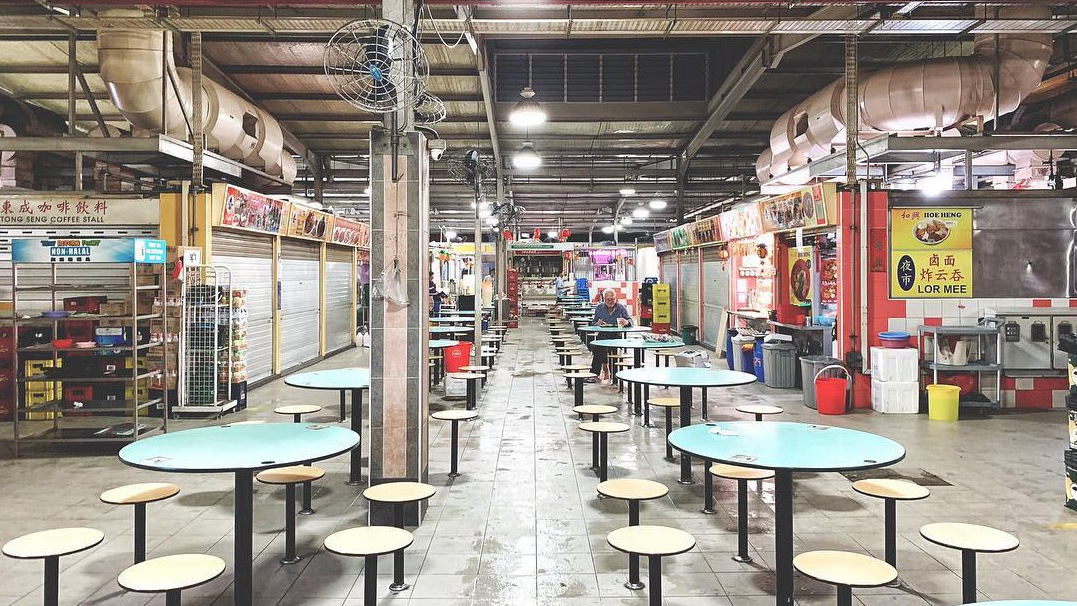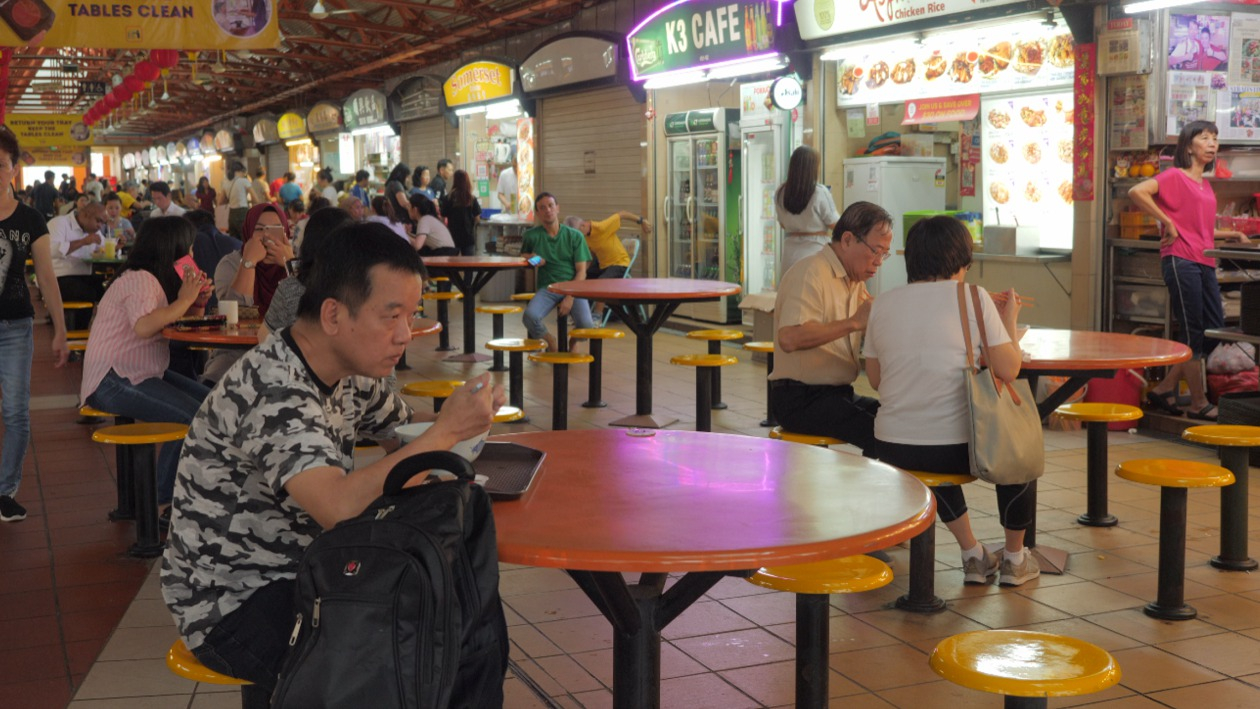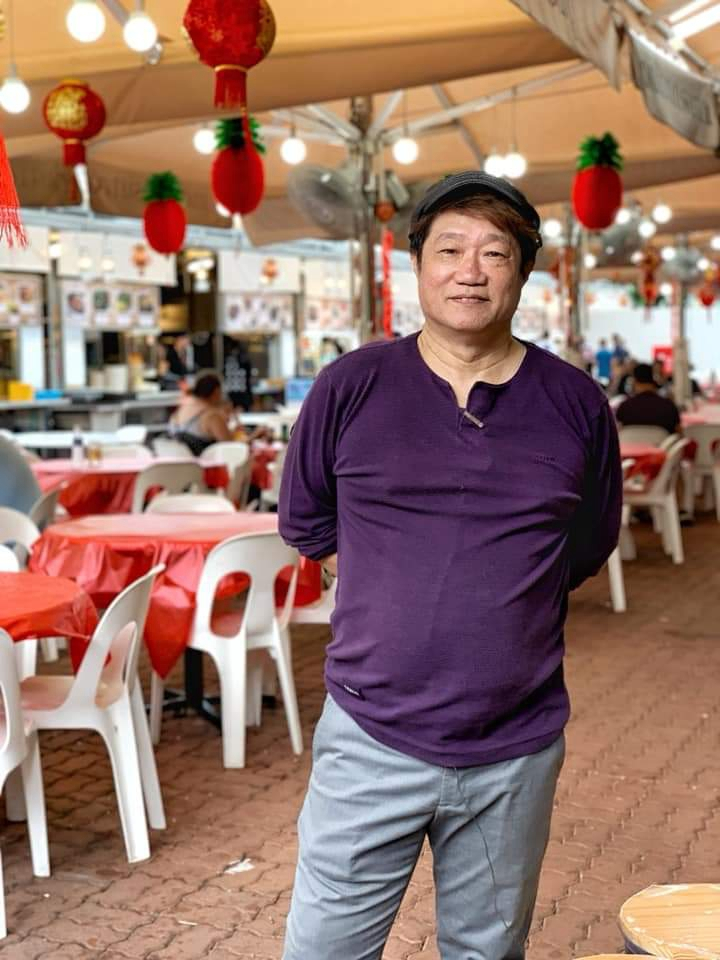
Culture
22:39, 09-May-2019
Singapore's Hawker Centers: A melting pot of cultures and heritage
By Aliyah Sahni

If you search for "Singapore" online, your search engine will mention everything from Merlion, Marina Bay Sands, to its greenery, cleanliness and of course Universal Studios. But another icon of Singapore and its heritage is its incredible Hawker Culture.
Scattered across the city-state, hawker centers are market halls that serve a large variety of delectable and affordable food prepared by hawkers.
They are such an integral part of Singapore's way of life, that the government recently submitted its bid to inscribe the hawker culture on the UNESCO Representative List of Intangible Cultural Heritage of Humanity.
Yeo Kirk Siang, who is the Director of Heritage Research and assessment at Singapore's National Heritage Board, believes that the bid will "help encourage our Singaporeans to really cherish and value this important aspect of Singapore's culture and our way of life."
"Hawker centers also represent a place where people, regardless of age, ethnicity, dietary preferences, can come together to have food with colleagues, family, and people can gather, and you can even share a table with a stranger," he added.
UNESCO bid aside, the hawker culture has seen its own share of international popularity over the years. In 2017, Liao Fan Hawker Chan's chicken rice became the first to be awarded a Michelin star. Most recently, hawker food featured prominently in 2018's runaway Hollywood hit "Crazy Rich Asians."

Hawker Centers facing a serious labor crunch. /CGTN Photo
Hawker Centers facing a serious labor crunch. /CGTN Photo
The origins of Singapore's Hawker Culture can be traced back to the 1800s when street hawkers roamed the streets with pushcarts. It was in 1968 that the government resettled these hawkers into centers and markets with proper sanitation and amenities - giving birth to the modern-day hawker centers.
The food served at hawker centers has seen an evolution synonymous with that of Singapore. In the beginning, hawker food was mostly restricted to Malay, Chinese, Indian and Eurasian food - serving the initial wave of immigrants.
As Yeo Kirk Siang puts it, hawker centers are a microcosm of Singapore's society because the food represents the multicultural identity of Singaporeans whether its Chinese, Malay, or Indian food, or often a fusion of different cultural influences in one dish as well.
Not only do today's hawker centers serve a more global spread, but they are also adding some new-age flavors to the mix.
Manbeer is the co-founder of 3rd Culture Brewing, one of the few craft beer hawker stalls in Singapore.
"There's been a lot of changes in the last few years. For a while, it's been hard to get young people to start businesses in the hawker centers. I think that is becoming more attractive now. The crowd has changed a lot also. When I was young, it was mostly uncles and aunties, mostly local. Now you see a lot of foreigners because Singapore's known for food," Manbeer said.
Unfortunately, the hawker culture is not without its challenges. The biggest among them is the massive manpower crunch.
With a median age of 59, most of the existing hawkers are reaching the age of retirement and the young population is more inclined to take up cushioned office jobs than grueling work in the kitchen.

Today's hawker centers serve a mix of traditional dishes and innovative cuisines. /CGTN Photo
Today's hawker centers serve a mix of traditional dishes and innovative cuisines. /CGTN Photo
Richard Ng and his Brother Kok Hua took over the family business from their father. Both are in their sixties, and yet they start their day in the early hours of the morning to prepare food and have it ready by lunchtime.
"Working as a hawker, I find that it's a long-hour job, minimum at least 16 hours, so that's why a lot of the youngsters or the next generation, they don't want to take over. You need to sacrifice your life. I myself sacrifice a lot of my weekends and holidays, I have no time with family and also got no time with friends."
Realizing the implications of the manpower crunch, the government has been working on several initiatives to encourage young people to become hawkers. These include training classes and incubator programs.
Some of the programs also offered incentives like subsidized rentals and operational costs, and compulsory charges for new hawkers.
Louis Tan is one of the success stories of these incubator programs. He now operates a hawker stall selling vegan food.
"If we were to go out and set up a storefront, we have to pay for the furniture and stuff. Coming to a hawker, we don't have to worry about anything outside our kitchen. And as newcomers, it allows us to focus more on improving the food quality," Tan said.
Labor crunch has not been the only issue plaguing hawker centers.
In 2015, the government created a task force to improve hawker centers in the city-state. They allowed private companies to manage some of the centers.
However, these so-called social enterprise hawker centers have been facing allegations of poor management, longer working hours for hawkers and higher rentals.

KF Seetoh says hawker culture provides entry-level entrepreneur jobs, preserves the culture, and it feeds the masses affordably. /CGTN Photo
KF Seetoh says hawker culture provides entry-level entrepreneur jobs, preserves the culture, and it feeds the masses affordably. /CGTN Photo
CGTN spoke to KF Seetoh, who is one of the leading hawker culture advocates in the country. He is the founder of Makansutra, a company that has celebrated Asian food culture for the past 20 years.
Seetoh has been trying to raise awareness about the challenges faced by hawkers and at the same time generate excitement among hawkers with regards to the UNESCO bid.
"On my end, I try to make some narrative and noise about how we should keep the prices of operations of their hawkers affordable so they can give affordable food for the masses."
While individuals like Seetoh and the authorities are working towards meeting the challenges, the onus is now on the younger generation to take ownership of their heritage and keep it alive.

SITEMAP
Copyright © 2018 CGTN. Beijing ICP prepared NO.16065310-3
Copyright © 2018 CGTN. Beijing ICP prepared NO.16065310-3